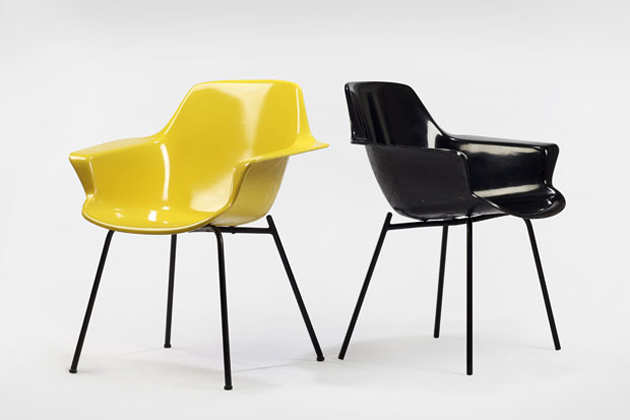Are Design Fairs Really Needed?
That time of the year has come when speaking of one of the most important art and design events seems inevitable. Art Basel in Miami will officially open its gates tomorrow. Unofficially it will open today, where ‘unofficially’ means only the richest of the rich international collectors will be granted access to make their Christmas shopping a bit more relaxed. As it always happens, every big event gives birth to a series of smaller ones, who through time, with dedication and right connections eventually become themselves big, too. This is the case with Design Miami/Basel, a fair entirely dedicated to passionate design collectors. We were able to follow the first tranche of this major event this summer in Basel, whereas the second part we will have to watch only from distance.
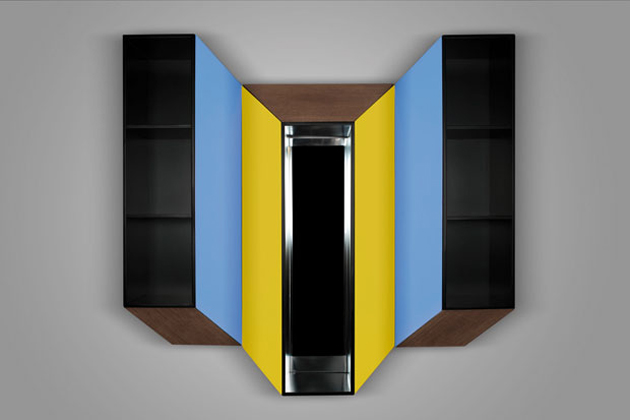
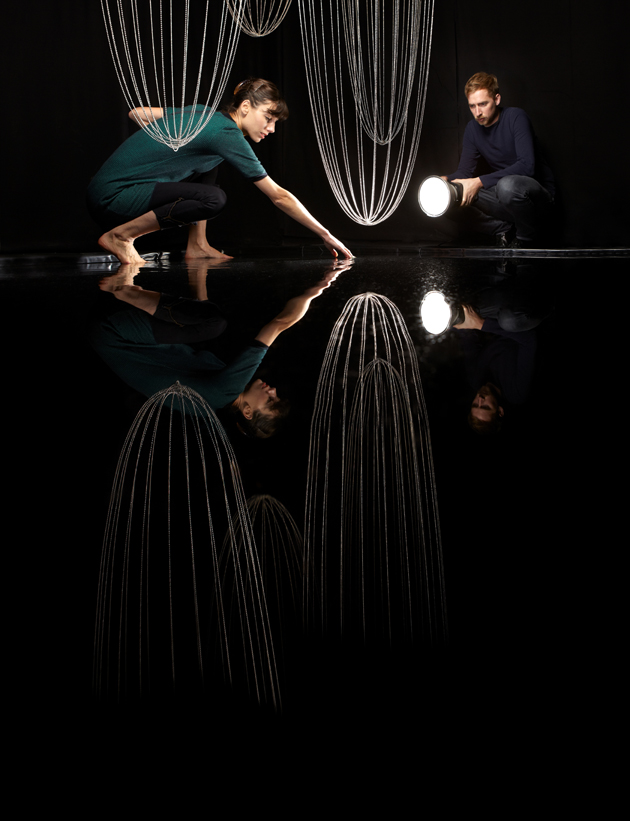
This has maybe given us the privilege to contemplate the event itself in a more critical manner and think through what should be the point of design, and as a consequence, of collecting design. Design is, or should be, one of the most democratic forms of visual expression. It happens to be so, not only because design products are fairly economical and mass produced, but also because anyone, to a certain point, can be considered a designer. While in the 50’ and 60’ design was seen as a means of gaining and distributing culture on a broader social scale, where producing quality goods at an affordable price seemed a viable way for emancipation and cultural growth of its users, much has nowadays changed. Design has since then become that simple adjective that can accompany almost any word and justify almost any action, degrading its social status and cultural significance.
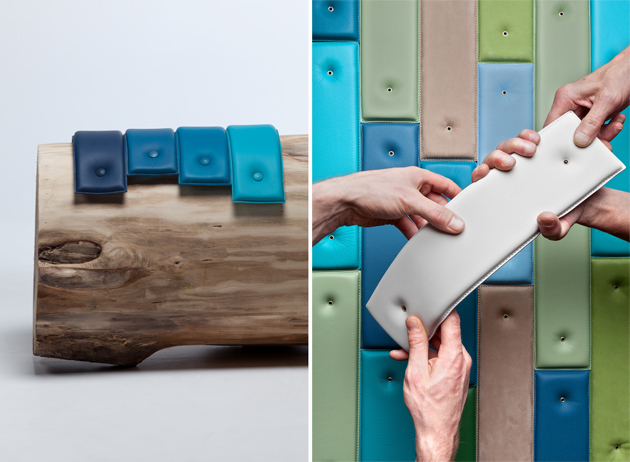
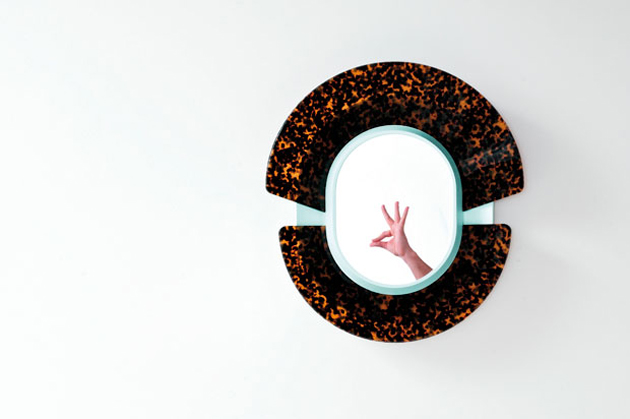
Even though fairs like Design Miami are explicitly commercial venues, where the whole point is selling vases, chairs, sofas and lamps at an exaggerated price, they should consider better their position. It should be far more useful and constructive if they didn’t present superficial performances and fake prizes as ‘design’. If their central point must be private collecting they should communicate the importance of conservation and history, with the goal of making design seem less ‘decoration’ and more ‘critical evaluation’.
